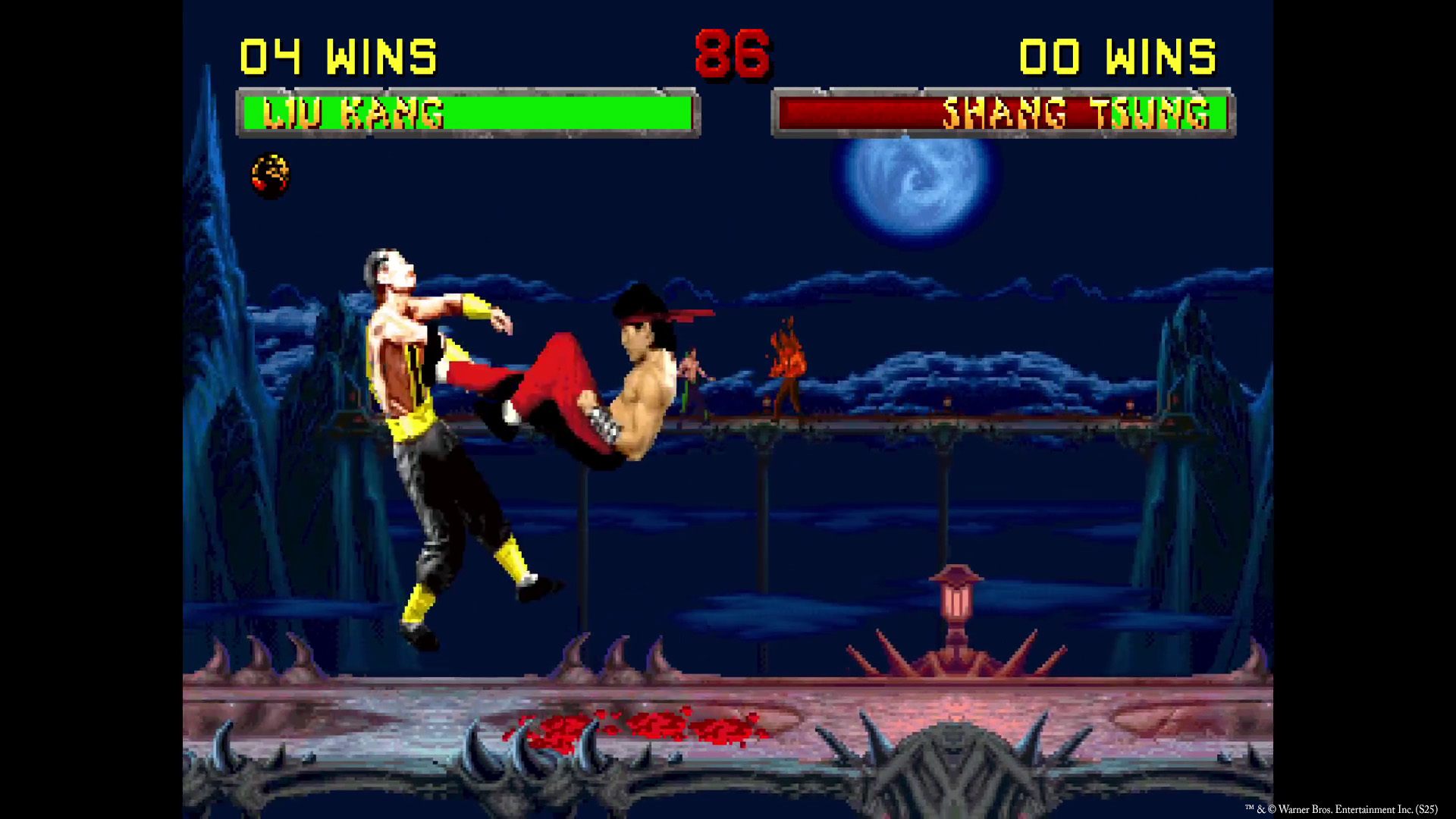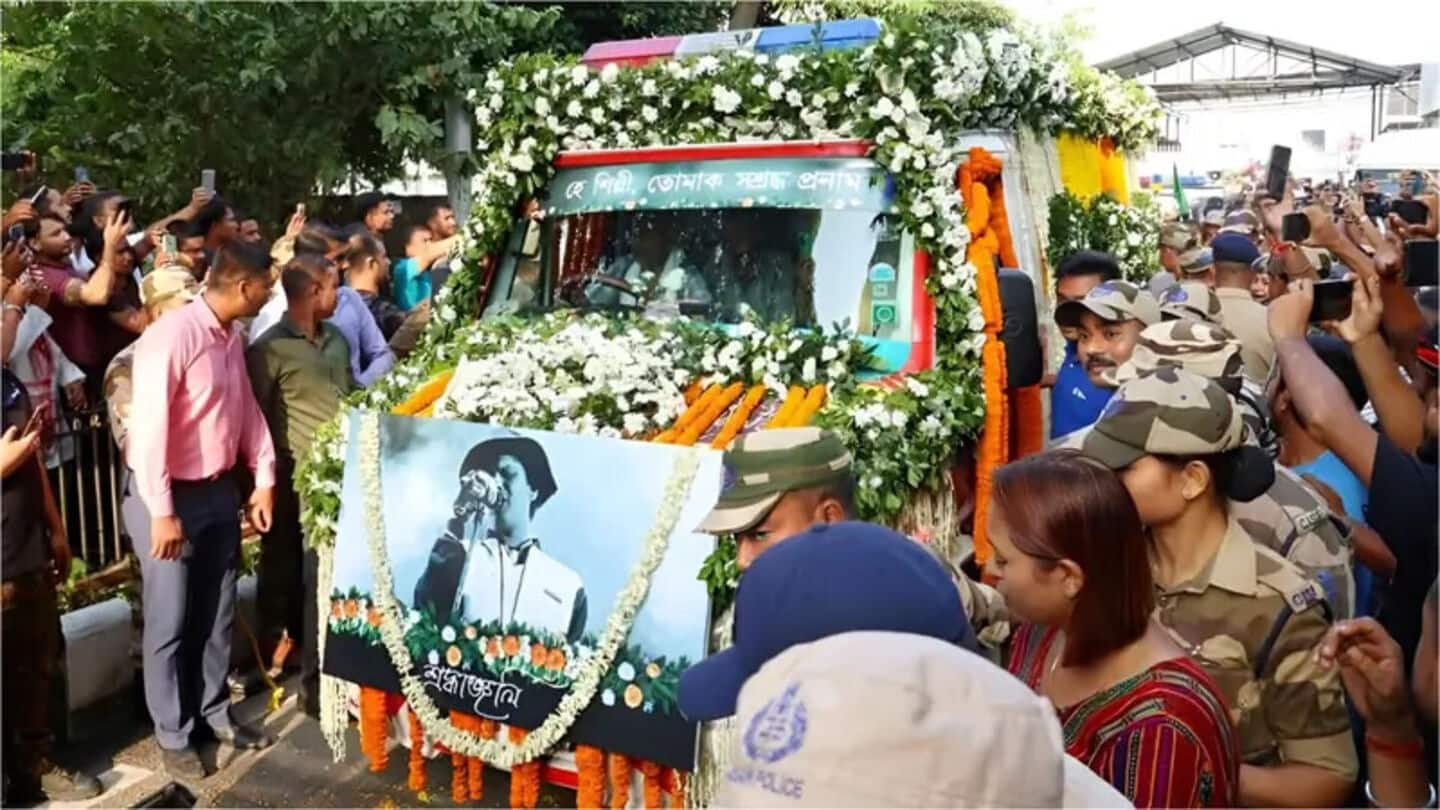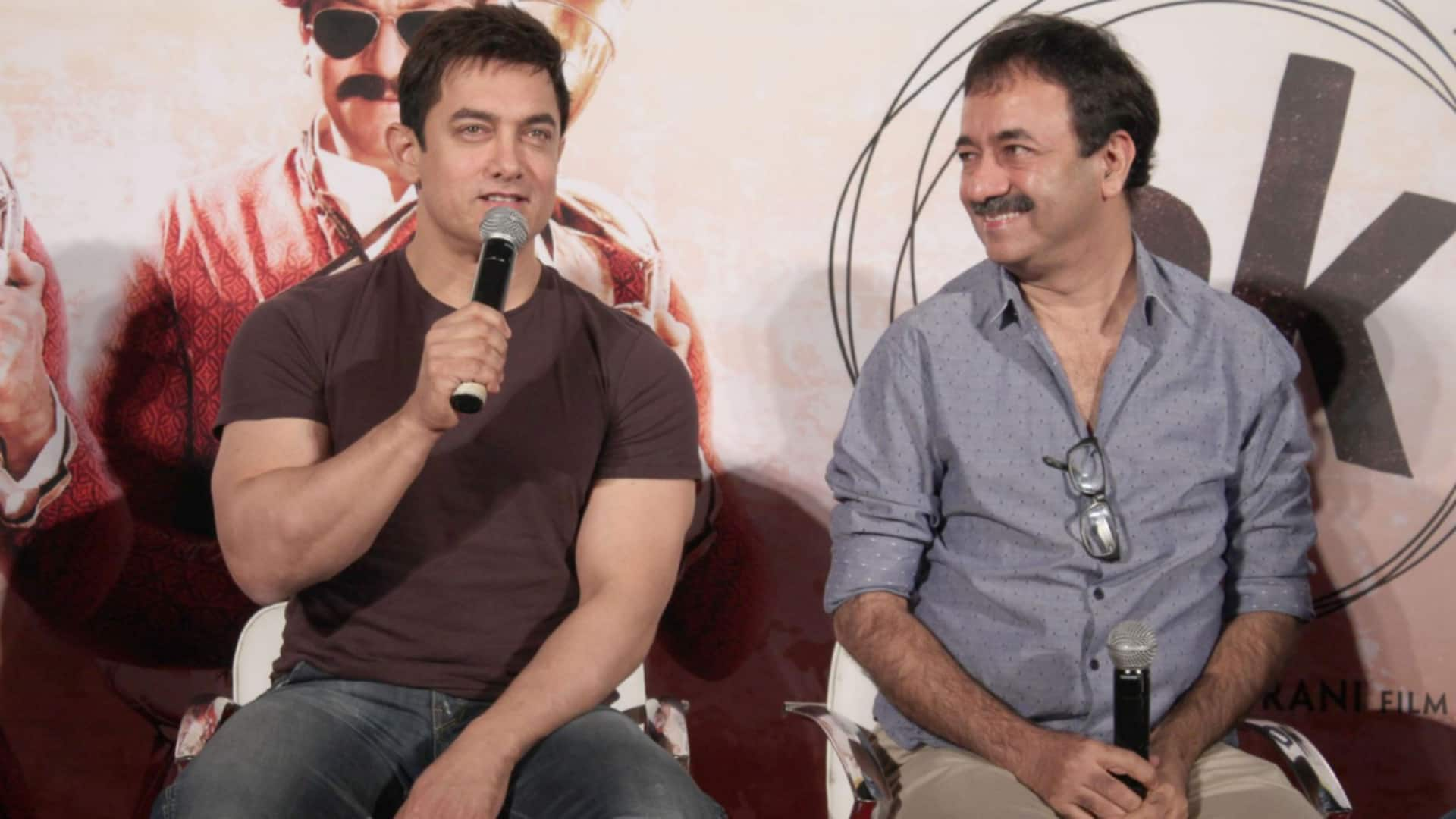Mortal Kombat has been around for so long, it’s easy to take it for granted. NetherRealm’s newer fighting games have hit so consistently, setting the standard for what fighting games could be in terms of competitive contests and single-player stories. Older generations may have forgotten the series’ humble beginnings, while younger players may not even be aware of them at all.
**Mortal Kombat: Legacy Kollection**, from Atari and Digital Eclipse, tells the story of the franchise’s earliest days in a way that’s informative, honest, and fun. The games may not be what they once were, but they’re still a blast to revisit—some of them made better by a few slight quality-of-life tweaks.
—
### Primitive Kombat
*Mortal Kombat: Legacy Kollection* features a mixture of classic games from the arcade, home consoles, and handheld devices. While Digital Eclipse is familiar with taking games from past generations and presenting them for a new audience, there was a unique challenge with the Mortal Kombat series.
Some games are presented as a “warts and all” package, which is fascinating from a historical perspective. This is especially true of the earlier games, which had multiple versions across arcade and consoles. For example, the original *Mortal Kombat* had voices on the Super Nintendo, while the Sega Genesis version featured blood—hidden behind a code.
*Mortal Kombat II*’s visual presentation was noticeably different across arcade, Super Nintendo, Sega Genesis, and Sega 32X. These differences extended to gameplay as well.
One gameplay aspect that stood out from the older fighting games was loading speed. The Super Nintendo version of *Mortal Kombat II*, specifically, had a noticeable stutter whenever each round started. All versions felt distinctly slower compared to their arcade counterparts. In many ways, that’s part of their charm. In the ’90s, that was the standard—and the hard-hitting violence and over-the-top finishers exceeded expectations.
—
### Improvements and Quality-of-Life Tweaks
There were instances where Digital Eclipse stepped in to make improvements, especially with the PlayStation versions of *Mortal Kombat Trilogy* and *Mortal Kombat Mythologies: Sub-Zero*. Loading times were optimized, and gameplay flowed much better as a result. There’s even a Rewind feature for titles like *Mythologies: Sub-Zero*, addressing inherent flaws without compromising the original game.
While it’s great to have a more playable version of the PlayStation *Mortal Kombat Trilogy*, it also raises a sense of inconsistency with performance improvements. Part of me wishes similar optimizations were applied to older titles, but there’s a certain charm in seeing the old games just as they were.
Where the games in this collection shine is in their quality-of-life options. There are on-screen move lists, Fatality timers, and various cheats. Some features even open into historical curiosities, like developer options on the arcade versions.
—
### Unlockables and Hidden Content
It’s impossible to talk about Mortal Kombat gaming history without mentioning the secret characters from the earliest games. This collection allows players to access the Reptile fight from *Mortal Kombat* and the Smoke, Jade, and Noob Saibot fights from *Mortal Kombat II* without needing to fulfill the original, often complex, conditions. These feel like fun bonuses for anyone who grew up with these titles.
There are also surprises like the ability to play as Goro in the Game Boy version of *Mortal Kombat*—unlockables I didn’t know existed before.
—
### What’s Missing?
As much as I appreciate the mixture of arcade, console, and handheld titles in Digital Eclipse’s collection, a few games from this era would have been great additions.
– The arcade version of *Mortal Kombat 4* is included, spotlighting the end of the original 2D era, but the Sega Dreamcast port would have been a fascinating comparison.
– *Ultimate Mortal Kombat 3* appears via the arcade and Super Nintendo versions, but the Sega Saturn version would have been interesting for comparison.
– The PlayStation *Mortal Kombat Trilogy* benefits from optimization, but the Nintendo 64 version could provide a unique CD/cartridge juxtaposition.
Still, for what’s here, it’s a strong collection of amazing fighting games, flawed platformers, and handheld curiosities—each worth checking out at least once to appreciate their historical significance. Yes, even *Mortal Kombat: Special Forces*.
—
### The Documentary: A 1990s Time Capsule
A majority of the collection features five-to-ten minute vignettes telling the story of the original *Mortal Kombat* development team. It’s one thing to recognize *Mortal Kombat* as an all-time top franchise, but it’s another to see the origins of Ed Boon, John Tobias, John Vogel, and Dan Forden and their humble beginnings at Williams Bally/Midway.
One early video introduces the four developers in a Beatles-style manner—a story increasingly rare in today’s video game landscape. Digital Eclipse assembles a full-blown 1990s time capsule featuring:
– Initial pitches
– Original press releases
– TV commercials
– Magazine clippings
– Behind-the-scenes videos from various events
The documentary doesn’t just tell the story of the games—it conveys how *Mortal Kombat* became a pop culture phenomenon. While today’s games sell more units and make more money, as Boon notes at the documentary’s end, it was undeniable how the franchise took over the world in its early years.
—
### Honest Reflections on the Franchise
Rather than a flawless victory narrative, *Mortal Kombat: Legacy Kollection* maintains a refreshingly honest tone. The documentary acknowledges both the triumphs and the struggles.
While *Mortal Kombat 4* is fondly remembered as a fun novelty in 2025, the original developers discuss the risks of transitioning to 3D, the decline of arcade culture, and how the game served as a springboard to new audiences.
There was real turmoil during this time, and the documentary doesn’t shy away from it—addressing both merits and flaws of the late ’90s, post-*MK3* games.
One critique is that the timeline sputters somewhat toward the end, offering only brief summaries of the 2000s and 2010s *Mortal Kombat* games without additional context or behind-the-scenes content. Some might argue those games weren’t the focus of this collection, but it raises the question of why they were included at all when the start of the 3D era could have been a more natural conclusion.
With that said, the final vignette revisits nearly everyone featured in the documentary and delivers a heartwarming conclusion worth watching.
—
### Round 1: The Legacy Continues
As fighting games, nothing in *Mortal Kombat: Legacy Kollection* compares to what NetherRealm is producing today. The earliest MK games can feel jarring with their slower speed and primitive presentation.
Fundamentally, however, these games hold up, especially when played locally with friends. They showcase the building blocks of what would become today’s *Mortal Kombat*.
The quality-of-life and optimization improvements, particularly for *Mortal Kombat Trilogy*, make the collection feel fresh and accessible. There are even training features and practice tools to help players improve.
With classic games and a heartfelt documentary, *Mortal Kombat: Legacy Kollection* proves once again that there is no better team at handling retro compilations than Digital Eclipse.
Whether you’re an old-school fighter or looking to show younger players what MK looked like back in the day, this collection is the best place to start.
—
**Ready to revisit Mortal Kombat’s roots? Mortal Kombat: Legacy Kollection is available now and packed with nostalgia, history, and endless hours of fighting fun.**
https://www.shacknews.com/article/146581/mortal-kombat-legacy-kollection-review-score



